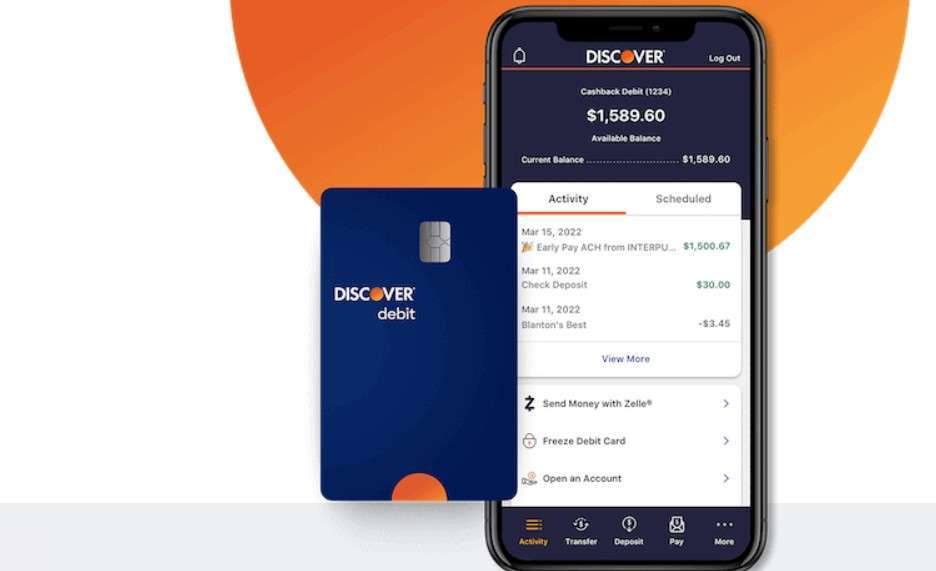Confidence and calmness are the foundation of good driving, but for nervous learners, these can be hard to attain. A patient driving instructor plays a crucial role in managing these fears, helping learners build confidence and develop safe habits. If a learner is nervous about driving lessons, their anxiety can slow progress, cause more mistakes, and turn the lesson into a stressful experience. However, with the right approach, you can transform the experience.
Here, we break down practical steps and techniques to help you handle nervous students.
How confidence affects learning to drive
Confidence plays a major role in how quickly a learner picks up driving skills. Learners who feel self-assured tend to adapt more easily, while nervous drivers may hesitate or second-guess their decisions. A lack of confidence can often fuel nervousness and vice-versa. This cycle can make it harder for nervous learners to progress.
When a learner driver feels very nervous, they may:
- Hesitate at key moments
- Overthink tasks
- Struggle with information overload
- Develop a fear of failure
By helping nervous drivers feel more in control, instructors can gradually build their confidence, making driving more manageable and less stressful.
Understanding nervous drivers
Driving anxiety or nervousness is more common than many realise. The pressure to perform, fear of mistakes, and even past experiences can create a mental block that slows down learning. Young drivers, particularly those aged 16-24, are statistically more prone to being nervous behind the wheel than other age groups, making it a challenge for instructors.
Without the right support, nervousness and anxiety can hinder a learner’s progress. Overthinking and hesitation can lead to more mistakes, such as missed observations or delayed reactions, which will only reinforce their fears. As a friendly driving instructor, your ability to provide reassurance can make all the difference. Here’s how to help your learners overcome their fears and become confident drivers.
Techniques for instructors to help nervous learners
1. Create a comfortable learning environment
During the first lessons, set the tone for a learner’s confidence. Making them feel at ease from the start will help reduce nerves and help them focus better. Be welcoming and approachable, explain what to expect from that lesson, so they know what it’s coming. Use positive reinforcement, highlighting progress no matter how small.
2. Adapt to their learning style
Every learner is different – some need a gradual approach, while others benefit from driving straight in. Tailoring your teaching style to their needs can help reduce anxiety. For highly anxious students it’s best to start in a quiet area and gradually introduce busier roads. If a lesson suddenly becomes overwhelming, pull over for a quick reset.
3. Break things down to small steps
For learner drivers, multitasking can feel overwhelming. Instead of giving instructions all at once, break it down into numbers:
- First, check your mirror
- Then indicate
- Now take a deep breath
- When it’s clear ease onto the road
4. Incorporate breathing techniques into the lesson
A nervous student gripping the wheel too tightly or holding their breath might benefit from a simple breathing exercise. Box breathing, where you breathe in for four seconds, hold for four, exhale for four, can help you both to stay calm during trickier situations.
5. Normalise mistakes
Reassure your students that everyone makes mistakes – even you. You can share relatable stories to make them feel more at ease. If they make mistakes, encourage them to analyse:
- What happened?
- How could this mistake have been avoided?
- What can we do next time?
Turning mistakes into learning experiences will help your students build resilience.
6. Build confidence for motorway driving
Many learners feel anxious about driving on a motorway. Motorway driving lessons for nervous drivers can be challenging. The best approach is to gradually introduce your students to these lessons, starting first with dual carriageways. This will help them learn to adjust their speed before moving onto motorways.
7. Be a calm and patient instructor
If an instructor isn’t naturally calm, handling anxious students can become very difficult. Nervous students can often pick up on their instructor’s energy, so staying composed is essential.
The right instructor can make a world of difference by creating a calm environment, adapting lessons, and offering continued support.
If you feel passionate about helping new drivers gain confidence and want to take your teaching skills further, you might consider becoming an instructor yourself.
Stay protected with driving instructor insurance
As an instructor, protecting yourself and your students should be your top priority. A good driving insurance policy ensures you are fully protected while teaching. Whether you are a new instructor or experienced, having the right coverage provides peace of mind and keeps your business running smoothly. We hope you can help nervous learners become confident drivers.
Publisher: Source link










